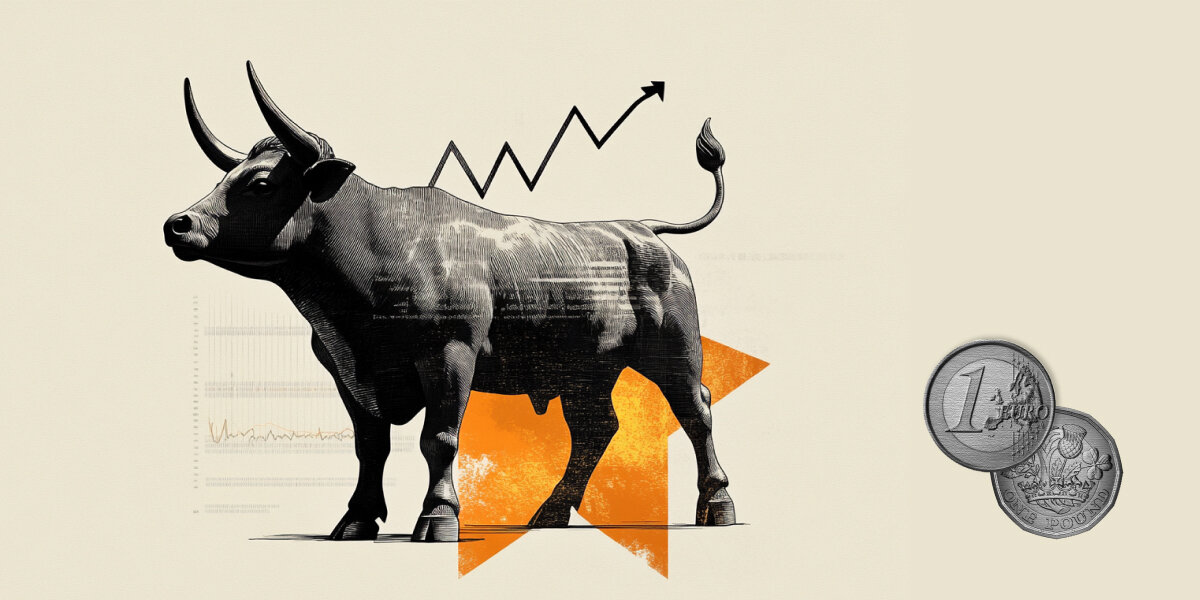EUR/GBP holds positive ground above 0.8400 after UK GDP data
- EUR/GBP trims recent gains to around 0.8430 in Thursday’s early European session.
- UK preliminary GDP grew 0.7% QoQ in Q1 2025, stronger than expected.
- Investors brace for the Eurozone Q1 GDP report, which is due later on Thursday.

The EUR/GBP cross pares recent gains near 0.8430 during the early European session on Thursday. The Pound Sterling (GBP) edges higher after the release of UK growth numbers. The attention will shift to the preliminary reading of Eurozone Gross Domestic Product (GDP) for the first quarter (Q1), which will be published later on Thursday.
Data released by the Office for National Statistics (ONS) on Thursday showed that the UK economy grew 0.7% QoQ in the first quarter of 2025, compared to a 0.1% increase in the fourth quarter of 2024. This figure came in better than the estimation of a 0.6% rise in the reported period.
Meanwhile, the UK GDP expanded 1.3% YoY in Q1 versus 1.5% prior. This reading was above the market consensus of 1.2%. The monthly UK GDP arrived at 0.2% in March, following a 0.5% growth in February, stronger than the 0% expected. The GBP strengthens slightly in an immediate reaction to the upbeat UK GDP data.
On the Euro front, the rising expectation that the European Central Bank (ECB) will deliver further interest rate cuts due to confidence that US tariff measures will not significantly raise inflation in the Eurozone might weigh on the shared currency. Financial markets see a 90% possibility of a rate cut in June and see another cut or two in subsequent months.
GDP FAQs
A country’s Gross Domestic Product (GDP) measures the rate of growth of its economy over a given period of time, usually a quarter. The most reliable figures are those that compare GDP to the previous quarter e.g Q2 of 2023 vs Q1 of 2023, or to the same period in the previous year, e.g Q2 of 2023 vs Q2 of 2022. Annualized quarterly GDP figures extrapolate the growth rate of the quarter as if it were constant for the rest of the year. These can be misleading, however, if temporary shocks impact growth in one quarter but are unlikely to last all year – such as happened in the first quarter of 2020 at the outbreak of the covid pandemic, when growth plummeted.
A higher GDP result is generally positive for a nation’s currency as it reflects a growing economy, which is more likely to produce goods and services that can be exported, as well as attracting higher foreign investment. By the same token, when GDP falls it is usually negative for the currency. When an economy grows people tend to spend more, which leads to inflation. The country’s central bank then has to put up interest rates to combat the inflation with the side effect of attracting more capital inflows from global investors, thus helping the local currency appreciate.
When an economy grows and GDP is rising, people tend to spend more which leads to inflation. The country’s central bank then has to put up interest rates to combat the inflation. Higher interest rates are negative for Gold because they increase the opportunity-cost of holding Gold versus placing the money in a cash deposit account. Therefore, a higher GDP growth rate is usually a bearish factor for Gold price.
Author

Lallalit Srijandorn
FXStreet
Lallalit Srijandorn is a Parisian at heart. She has lived in France since 2019 and now becomes a digital entrepreneur based in Paris and Bangkok.

















